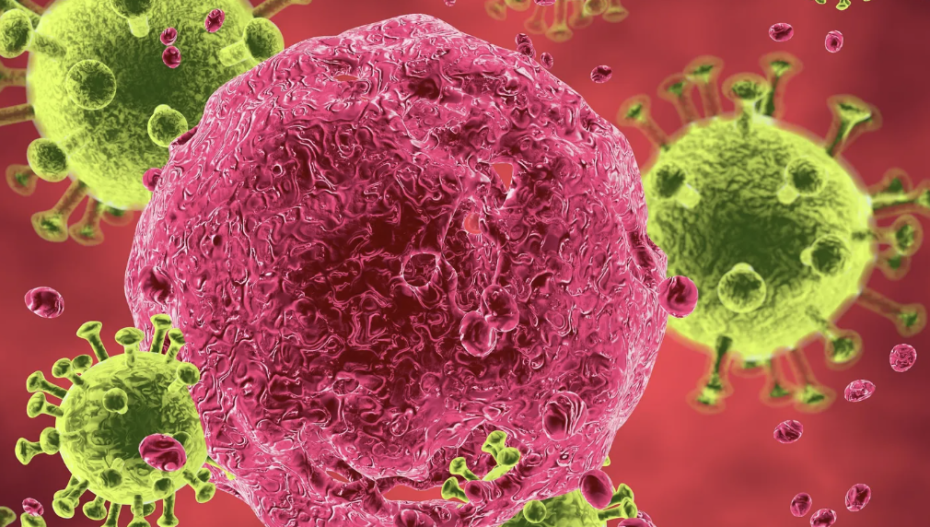Researchers from Chicago University have uncovered the intricate method by which the Human Immunodeficiency Virus (HIV) infiltrates the nucleus of a cell.
The research team, led by Arpa Hudait and Professor Gregory Voth, utilized advanced computer simulations to observe the behavior of the HIV capsid, a protein shell that encases the virus’s genetic material. This discovery could pave the way for novel therapeutic strategies to combat the virus responsible for AIDS. Their findings revealed that the capsid, which is cone-shaped, utilises its narrower end to penetrate the nuclear pore complex — a gateway into the cell’s nucleous.
Contrary to previous assumptions that the capsid disassembles before or after entering the nucleus, the simulations showed that it remains intact, employing a mechanism akin to an “electrostatic ratchet” to wedge itself into the pore. The study also provides the most extensive simulation yet of the nuclear pore itself, which is important in many biological process
The capsid’s elasticity allows it to deform and squeeze through the opening, a process facilitated by both the flexibility of the capsid and the nuclear pore.
“This part has been a mystery for years,” said Voth, the senior author of the study. “We now understand that the capsid doesn’t need active work to infiltrate the nucleus; it’s just physics.”
The study’s simulations, which are the most comprehensive of their kind, also provided insights into the nuclear pore complex itself, a critical component in various biological processes. The findings suggest that the structural design of the capsid, specifically its conical shape, is instrumental in its ability to navigate through the nuclear pore.
Each step of HIV’s entry into the nucleus offers potential targets for drug development. By understanding these details, scientists can explore new ways to hinder the virus’s journey and prevent infection. For instance, making the HIV capsid less elastic could impede its ability to enter the nucleus, as suggested by Hudait.
The implications of this research extend beyond HIV, offering a new perspective on how various substances gain access to the cell nucleus. “This modeling gives us a new way to understand how many things get into the nucleus, not just HIV,” Voth added.
Performed at the Texas Advanced Computing Center and UChicago’s Research Computing Center, this study marks a significant step forward in the fight against HIV. It not only enhances our understanding of the virus’s behaviour but also opens up avenues for the development of innovative treatments that could one day lead to its eradication.
Also Read: Orry Shows Off His Signature Pose At Poonawalla’s Party













